
Shenandoah National Park has some of the most beautiful views in the country. Skyline Drive winds through Shenandoah National Park for 105 miles, taking you past amazing mountain vistas, cascading waterfalls, and serene rock formations. Along the way are five campgrounds where you can enjoy a night or two under the stars.
There are a number of great options for camping in Shenandoah National Park, but not all offer the same amenities. In this Shenandoah camping guide, we’ll review each campground so that you can make an informed decision about where to stay when visiting one of America’s most beautiful national parks!
Camping is an American tradition that offers something for everyone. Whether your idea of camping includes s’mores cooking over a crackling fire pit or hiking up to breathtaking overlooks before settling down to sleep under a canvas tent on uneven ground, there’s sure to be a campsite that will suit your needs in Shenandoah National Park!
In this Shenandoah camping guide, we’ll provide information about what you can expect from each of the five Shenandoah campgrounds.
This post may contain affiliate links. If you make a purchase, I may earn a small commission at no additional cost to you. For more information, view my privacy policy.

Table of Contents
How to Get to Shenandoah National Park
There are several entrances to Shenandoah National Park located between Washington, D.C., and Richmond, Virginia.
The north entrance is near Front Royal, Virginia off Highway 340.
East of Luray, Virginia you’ll find the Thornton Gap entrance. It’s located off Highway 211.
Off of Highway 33, there’s a third entrance known as Swift Run Gap.
Finally, the southern entrance is Rockfish Gap. It’s off Highway 250 near Waynesboro, Virginia.
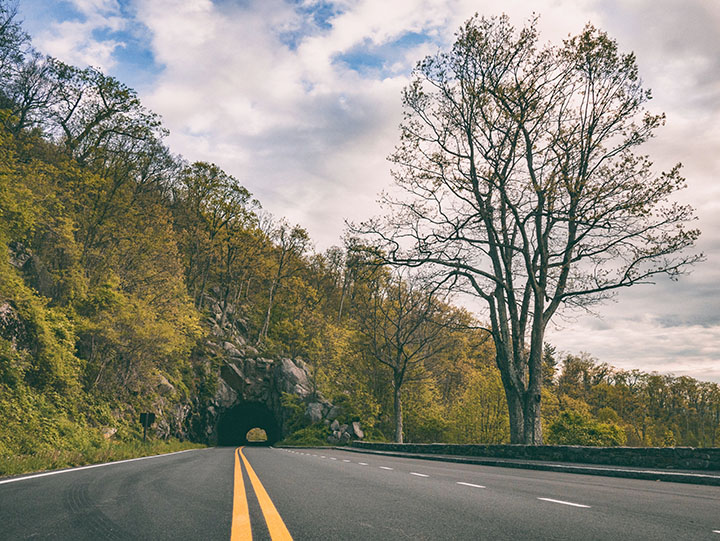
What You Need to Know About Camping in Shenandoah National Park
Reservations: If you’re planning a trip during peak season (May-September) we recommend making your reservations as soon as possible. Many campsites fill up months in advance! Reservations can be made at Recreation.gov. A few campgrounds in Shenandoah also offer first-come, first-served options, so arrive early if you’re hoping to snag one of these campsites.
In order to save money, I would recommend purchasing a national parks pass. These cost $80 and are valid for a full calendar year (from the date of purchase) at all public lands in the United States. After you visit 3 national parks, it’ll have paid for itself. It also makes a great gift for national park enthusiasts! Learn more about park entry fees.

Seasons: There are no campgrounds in Shenandoah National Park that are open year-round. Some campgrounds open in March while most open in May. All campgrounds are closed for winter by mid-November.
Hook-ups: There are no electrical outlets or hookups at any Shenandoah Campgrounds.
Leave No Trace: Please leave your campsite cleaner than you found it so that others can enjoy it too! The campgrounds have recycling bins, trash cans, and toilet facilities available for all visitors. To keep these areas clean please remember to take out anything you bring into them.
Campfires: Campfires are permitted in designated fire rings only. It’s also important not to leave them unattended. Firewood must be USDA-certified, which can be purchased at camp stores in the park. This helps slow the spread of the invasive emerald ash borer. Alternatively, you may collect dead and down wood to burn in your fire ring. Charcoal grills are not permitted in the park.

Food Storage: Each campsite has a picnic table, a campfire ring, and at least one bear box to keep your food safe. In addition to bears, Shenandoah is also home to birds, squirrels, deer, and other wild animals that may try and sneak some of your food. Store your food properly to protect these animals. Never leave your food unattended and never approach or feed wildlife. I highly recommend that you read more about bear safety in national parks before your Shenandoah camping trip.
Pets: Pets are allowed at the campgrounds, but they must be kept on a leash at all times. Pets should never be left unattended or tied up outside.
For more information about Shenandoah campground regulations, click here.
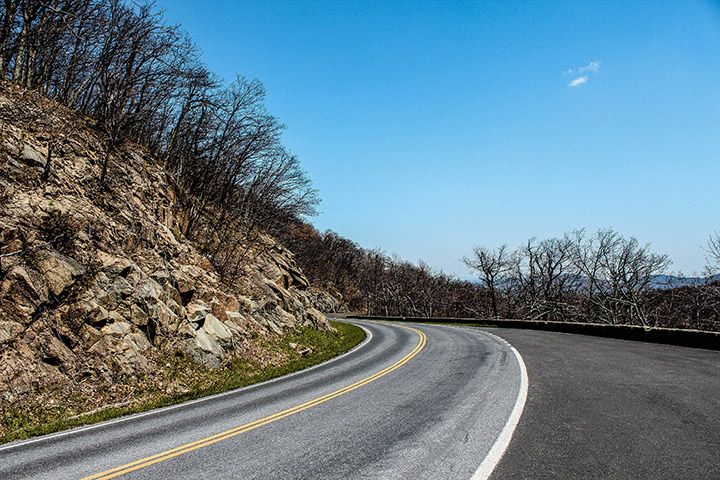
When to Visit Shenandoah National Park Campgrounds
Although the park is open year-round, most of the campgrounds are only open from late March through November. Opening dates depend on weather conditions and can change, so make sure you call before planning your trip!
Peak season in Shenandoah National Park is May to September, so consider camping in October or November if you’d like to avoid crowds. You’ll be treated to spectacular fall foliage this time of year!
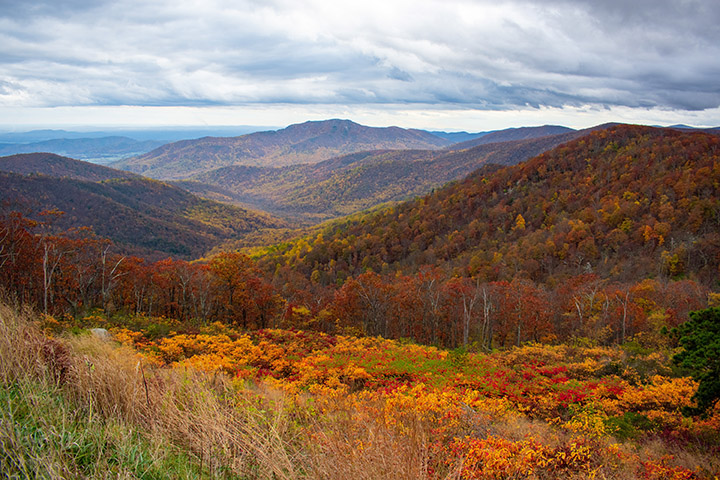
What to Bring Camping in Shenandoah National Park
The best way to prepare for your Shenandoah camping trip is by packing the right equipment. Here are some essentials you’ll want to have on hand:
Planning: There are a lot of books out there to help you plan your Shenandoah camping trip. I recommend the Falcon’s Guide to Shenandoah, the Lonely Planet guide or Moon guide to Shenandoah and Great Smoky Mountains National Parks, and this waterproof map of Shenandoah National Park.
America the Beautiful pass: Shenandoah National Park charges an entrance fee. In order to save money, I would recommend purchasing a national parks pass. These cost $80 and are valid for a full calendar year at all public lands in the US. After you visit 3 national parks, it’ll have paid for itself.
Tent: Protect yourself from the elements and the insects by bringing a tent along with you. Some mornings in Shenandoah National Park can be misty and wet. A good tent is essential!

Sleeping Bag: Make sure you bring a sleeping bag rated for the temperature in Shenandoah National Park at night. This is especially important if there’s any chance of rain. Nothing will ruin your trip faster than being cold and wet!
Sleeping Pad: This is especially important if you plan to stay in a tent. Many people think that sleeping pads are only for kids and novice campers, but they play an important role by providing insulation between your body and the cold ground!
Pillow: It might seem silly, but a pillow is definitely worth packing. After all, you spend hours upon hours in your tent!
Stove: If you’re camping in Shenandoah National Park, pack a stove so that you can cook your own food. Propane camp stoves are permitted, but charcoal stoves are not. I prefer the Pocket Rocket or Jet Boil.
First Aid Kit: There are no first aid stations in any of the Shenandoah campgrounds, so it’s smart to pack your own before you go camping. In case of emergencies, you can also alert a campground host to call a park ranger.

Flashlight: A light source is crucial for finding your way around at night. You can use a headlamp or a flashlight. Make sure to pack extra batteries!
Sunscreen and Bug Spray: Even if it’s chilly, both of these items are important to pack for your Shenandoah camping trip. For sunscreen, pick something with an SPF of at least 15 that offers broad-spectrum protection from both UVA and UVB rays. Insect repellent is also important to pack because there are many bugs in the park, especially at night when you’re trying to sleep!
Food and Water: You’ll want snacks on hand to keep you fueled for hikes and bike rides. Clif bars and trail mix are camping staples and necessities. For larger meals, dry some freeze-dried meals from Mountain House or Backpackers Pantry. You may want a cooler to store everything in. You can also purchase food at camp stores in and near the campgrounds if they are open when you visit. While most campgrounds offer potable water, it’s also smart to bring a few liters of your own.
Hiking Shoes: Some of the best hikes in Shenandoah lead to beautiful waterfalls and scenic overlooks. Many begin near the Shenandoah campgrounds! Some of them can get steep and rocky, making good hiking shoes a must! I love my Hoka trail runners and my Keen hiking boots.
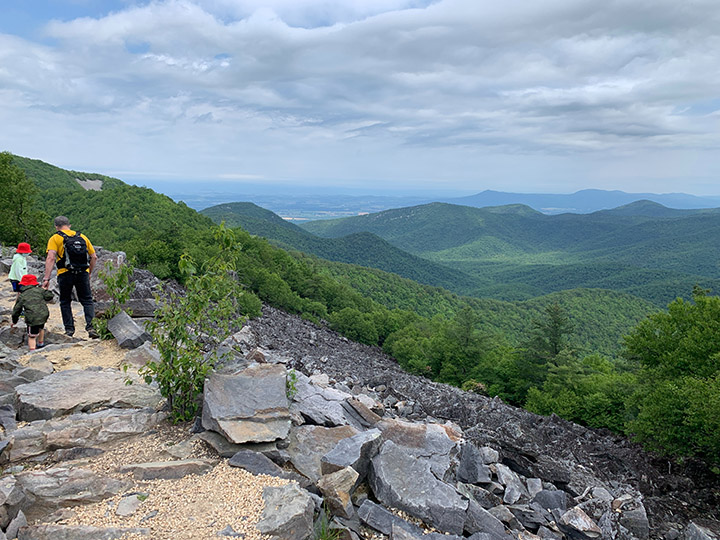

Shenandoah National Park Phone Case

Shenandoah National Park Pennant

Fodor’s Guide to the 63 National Parks

Women’s National Parks Checklist T-Shirt

Women’s National Parks Checklist T-Shirt

Map of National Parks T-Shirt

Shenandoah National Park Hat

Shenandoah National Park Sticker

63 National Parks Water Bottle

Shenandoah National Park Map

Shenandoah Hiking Guide

Shenandoah Ornament

Shenandoah National Park Sticker
Shenandoah National Park Campgrounds
Shenandoah National Park has five campgrounds. Each is unique in its location and amenities. Read on to learn more about Shenandoah camping!
Shenandoah Campgrounds Map

For a map of each individual campground, check the listing below.
Big Meadows Campground

This centrally-located campground is great for accessing some of the best things to do in Shenandoah National Park. These include Dark Hollow Falls and several more great hikes in Shenandoah.
Big Meadows is a great option if you’re looking for amenities like laundry, flush toilets, and showers, but it’s also the largest and most crowded campground in Shenandoah National Park.
Big Meadows also hosts a camp store for all your camping needs, such as firewood, ice, and more. Furthermore, a campground host is always on-site for any questions you may have.
Location: Skyline Drive, Milepost 51.2
Cost: $30 per night for standard sites and $75 per night for group sites
Facilities: Dump station, food storage lockers, trash/recycling, amphitheater, water, flush toilets, showers
Map: Click here
Reservations Accepted?: Yes; visit Recreation.gov
RVs?: Permitted, however none of the sites at Big Meadows have electric hook-ups
Season: Late-March to Mid-November
Sites: 221, including 2 group sites and 51 tent-only sites
Dundo Group Campground

Dundo Group Campground is a great option if you’re looking for seclusion, especially during peak times camping in Shenandoah National Park. This campground is for group camping only. Group campsites can accommodate 7 to 15 people.
Facilities include vault toilets. Each site has a picnic table and fire ring. There is no potable water available, so plan to bring your own. The Appalachian Trail passes through the campground, so perhaps you’ll meet some thru-hikers!
Location: Skyline Drive, Milepost 83.7.
Cost: $75 per night
Facilities: Vault toilets, food storage lockers, trash/recycling, non-potable water
Map: Click here
Reservations Accepted?: Yes; visit Recreation.gov
RVs?: No
Season: Early May thru the end of October
Sites: 3 tent-only campsites
Lewis Mountain Campground

Lewis Mountain Campground is another great option if you’re looking for a quieter option while camping in Shenandoah.
Lewis Mountain is centrally located like Big Meadows, but it’s the smallest of the Shenandoah campgrounds. This allows for more privacy without skimping in proximity to popular attractions.
Lewis Mountain also has many amenities, including a camp store, flush toilets, showers, and laundry facilities. A campground host is also available for any questions you may have during your stay.
Location: Skyline Drive, Milepost 57.5
Cost: $30 per night
Facilities: Trash/recycling, food storage lockers, flush toilets, showers, laundry, potable water
Map: Click here
Reservations Accepted?: No, this campground is first-come, first-served. You may self-register upon arrival.
RVs?: Permitted, however, there are no electric hook-ups at Lewis Mountain
Season: Late March to the end of October
Sites: All 30 sites can accommodate tents or RVs
Loft Mountain Campground

Loft Mountain Campground is located on the south side of Shenandoah National Park. It’s conveniently located close to the town of Waynesboro as well as a few trails and waterfalls.
This campground also sits atop a mountain offering spectacular views to the east and west.
Amenities include flush toilets and showers. There’s also a dump station for campers in an RV. Folks at the camp store or the on-site campground hosts can assist campers with anything they may need.
Location: Skyline Drive, Milepost 79.5
Cost: $30 per night
Facilities: Flush toilets, showers, laundry, dump station, potable water, amphitheater, camp store, food storage lockers, trash/recycling
Map: Click here
Reservations Accepted?: Yes, for 55 sites. Visit Recreation.gov.
RVs?: Yes
Season: Early May to the end of October
Sites: 207, 50 of which are tent-only
Mathews Arm Campground

Mathews Arm is the northernmost campground in Shenandoah near the Front Royal entrance.
This large campground is close to town and has a few hiking opportunities. Though it has more than 150 sites, it doesn’t have as many amenities as some of the other Shenandoah campgrounds. This makes it a bit less popular.
While there is no camp store in the campground, Elkwallow Wayside is just two miles down the road and offers camping supplies and food service.
Location: Skyline Drive, Milepost 22.1
Cost: $30 per night for standard sites and $75 per night for group sites
Facilities: Trash/recycling, food storage lockers, flush toilets, amphitheater, potable water, dump station
Map: Click here
Reservations Accepted?: Yes, for 47 sites; visit Recreation.gov
RVs?: Permitted, however, there are no electric hook-ups
Season: Early May to the end of October
Sites: 165, including 3 group sites

Pin the Park Expert’s Shenandoah Camping Guide
Shenandoah National Park offers many opportunities for amazing camping experiences. So pack up your gear, dust off the tent or RV, and get ready to explore!
We hope our Shenandoah camping guide helped you decide where to camp in Shenandoah. If you want even more information about visiting Shenandoah National Park, click here for more information. Enjoy your trip!









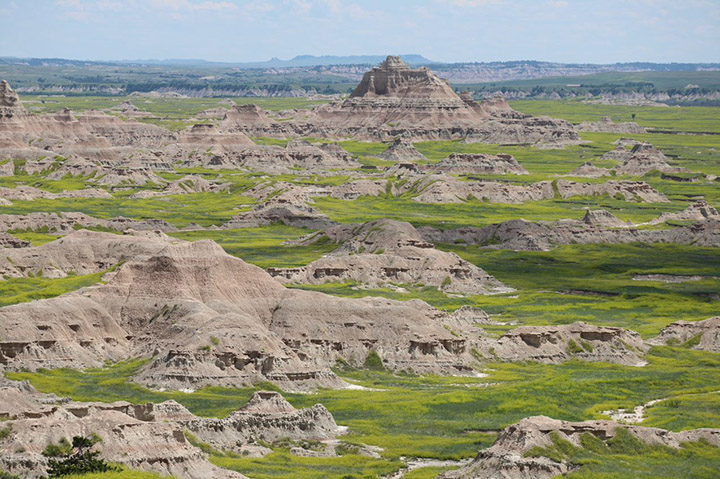
One Comment